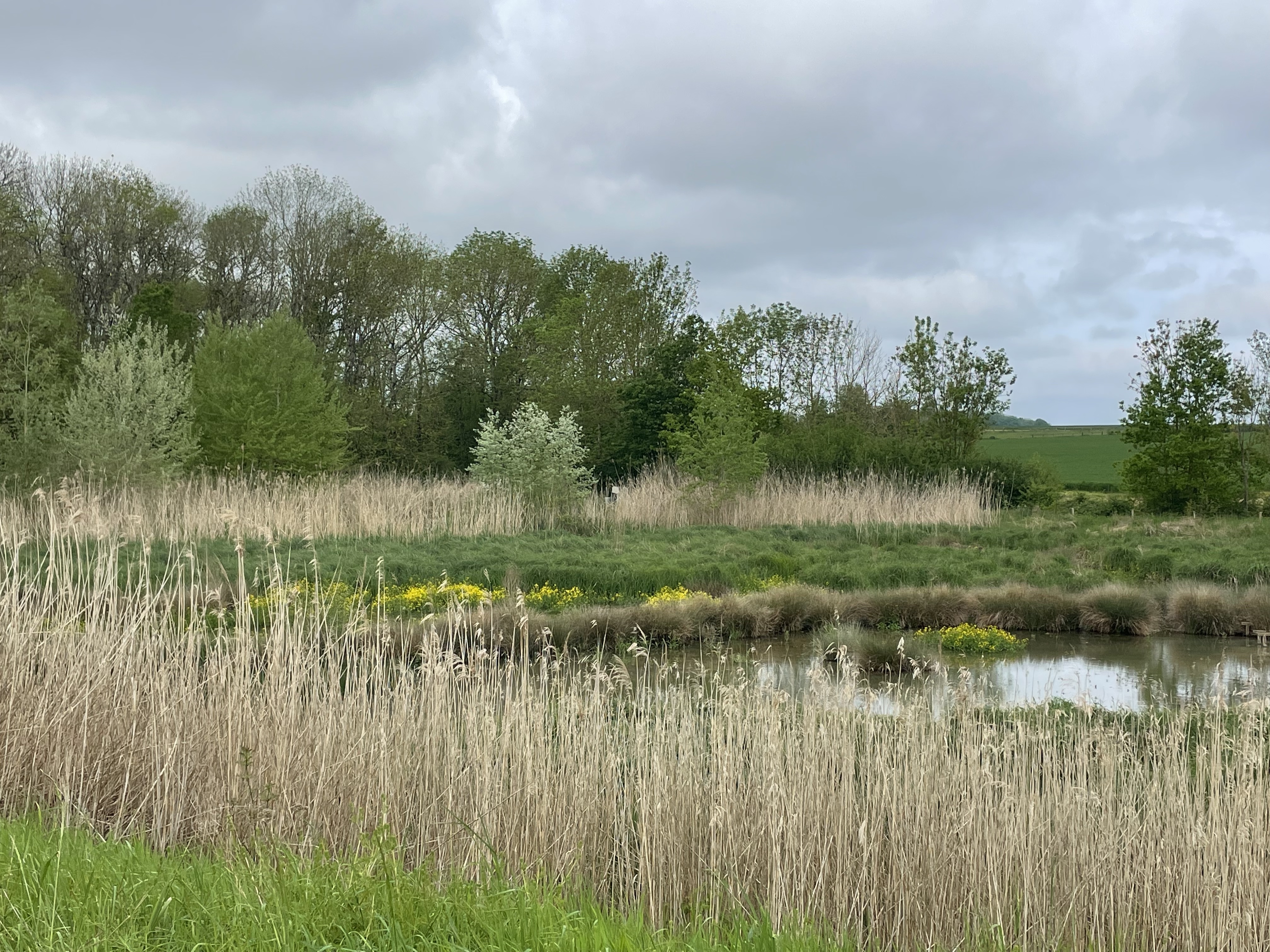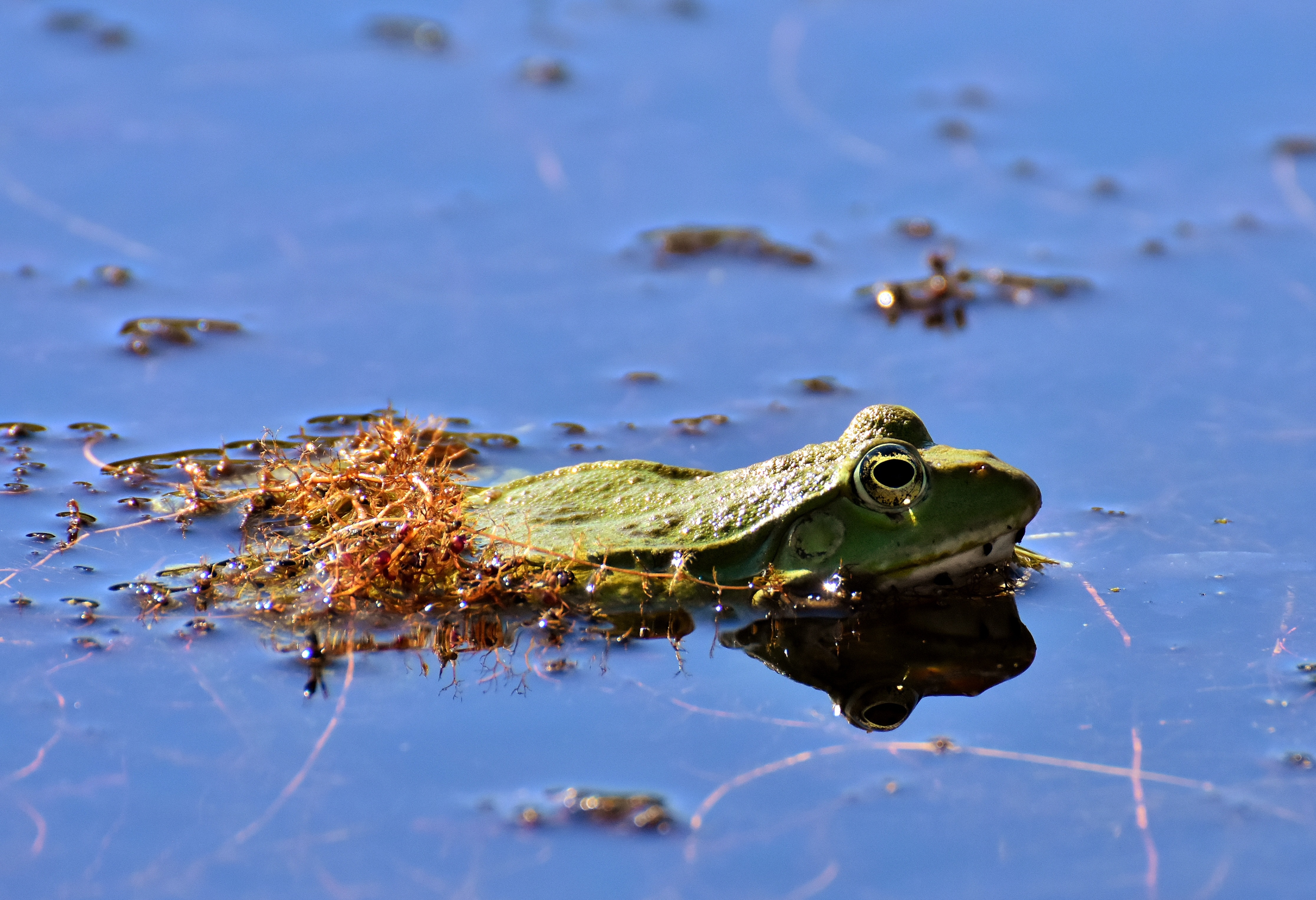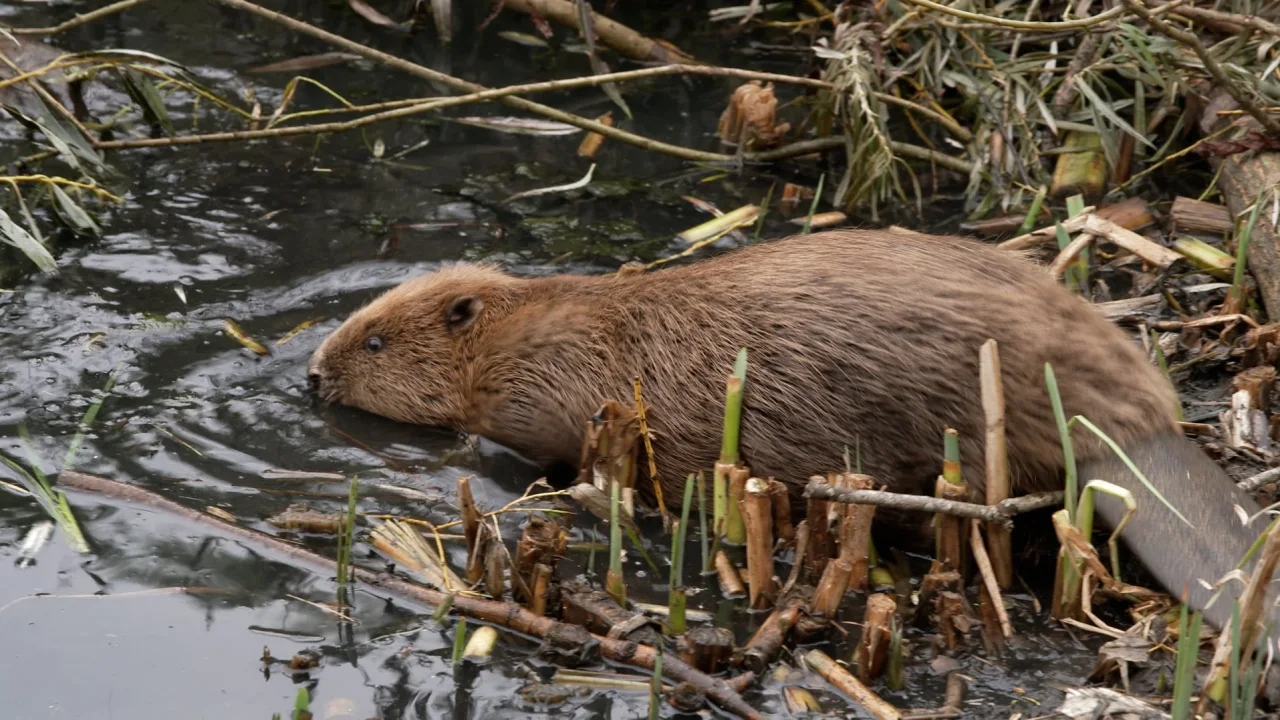Birds monitoring on ALFAwetlands Austrian-Hungarian Living Lab
Recently the World Migratory Bird Day took place. This day helps to raise global awareness of the threats faced by migratory birds, their ecological importance, and the need for international cooperation to conserve them. Lake Neusiedl is one of the very important habitats for migratory birds in Europe.
The floodplain of the Neusiedl Lake is a one of ALFAwetlands Horizon project 9 Living Labs. The biger part of this Living Lab is located on the territory of the National park Neusiedler See – Seewinkel in Austria. Various biodiversity monitoring is being conducted on the territory of National park, particularly -regular Birds Monitoring.
Neusiedler Lake is located on the Austria-Hungary border. It is a crucial habitat for diverse bird species. Bird monitoring initiatives in this area is extremely important. It provides invaluable data on population trends, migratory patterns, and habitat health. Such efforts aid managers in understanding and preserving this unique ecosystem and its avian inhabitants.
Introduction of the Neusiedl Lake
The Neusiedl Lake is a renown shallow lake and the UNESCO World Heritage Site. This shallow lake and its surrounding wetlands support unique ecosystems and host numerous bird species. Conservation efforts aim to preserve its ecological richness among the land with increasing human activity.
Importance of annual regular birds monitoring
Annual regular bird monitoring in the Neusiedler See is vital for understanding the lake’s ecosystem dynamics and conserving its diverse avian population their migration patterns, and ecosystem health.
By systematically observing bird species and their behaviours over time, scientists can detect also changes indicative of environmental shifts, habitat loss, or climate impacts. These data are crucial to formulate conservation strategies, help identify endangered species, and guide habitat restoration efforts. Additionally, monitoring provides insights into the broader ecological balance, highlighting the interconnectedness of species and ecosystems in the face of ongoing environmental challenges.

Long inventories
Systematic inventories of breeding swimming birds were carried out on this lake in the years 1985-1988 as well as 1991, 1992 and 1997. After a ten-year break, from 2001 onwards (with the exception of 2004), the breeding population was recorded every year as part of the National Park bird monitoring. This means that complete records of the breeding population are now available from 26 breeding seasons from 1985 to 2020.
Bird monitoring reports are available online on the information platform of the Austrian National Parks.
Outcomes of recent monitoring
Recent monitoring of herons, spoonbills, and pygmy cormorants in the Neusiedl Lake unveiled valuable insights into their population trends and behaviors. This data sheds light on the lake’s ecological dynamics, indicating potential shifts in habitat suitability or food availability. Furthermore, it highlights the importance of ongoing conservation efforts to safeguard these species and their habitats. Such findings underscore the significance of regular bird monitoring initiatives in preserving the biodiversity of this unique wetland ecosystem.
Further on recent regular monitoring of bitterns (Botaurus stellaris) and great reed warblers (Acrocephalus arundinaceus) in the Neusiedl Lake´ region uncovered critical data on their population dynamics and habitat preferences. These findings provide valuable insights into the health of wetland ecosystems and the effectiveness of conservation measures. Understanding the behavior and distribution of these indicator species is essential for preserving the ecological integrity of the Neusiedl Lake and ensuring the long-term viability of its avian communities.
Monitoring insights into ecosystem dynamics
The monitoring of breeding populations of waterfowl in the Neusiedl Lake´s region, coupled with data on water levels in the soda pans, has provided crucial insights into ecosystem dynamics. This information helps assess the impact of water fluctuations on nesting habitats and breeding success rates for waterfowl species. By understanding these relationships, conservationists can implement targeted management strategies to maintain suitable conditions for breeding waterfowl and sustain the ecological balance of the wetland ecosystem in the face of environmental variability.
Conclusion
The regular bird monitoring examines the endangerment and ecological significance of bird species within the National park Neusiedler See – Seewinkel, elucidating population trends and distribution patterns. It underscores the imperative for robust bird monitoring initiatives to track these dynamics effectively.
Furthermore, it offers valuable recommendations for management strategies aimed at preserving critical habitats and enhancing conservation efforts. By integrating these insights into comprehensive management plans, managers can proactively address threats to avian biodiversity and ensure the long-term sustainability of the park’s ecosystems. This holistic approach emphasizes the pivotal role of ongoing monitoring and adaptive management in safeguarding the ecological integrity of the Neusiedl Lake region.













